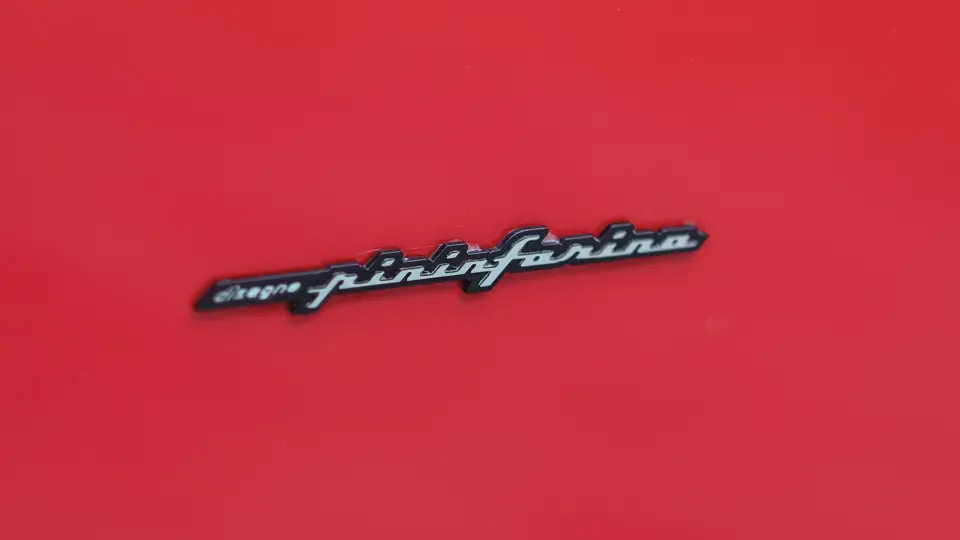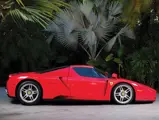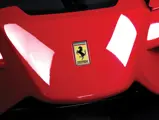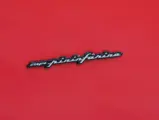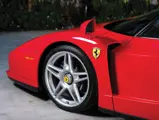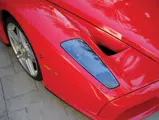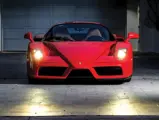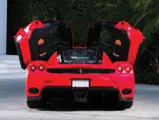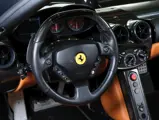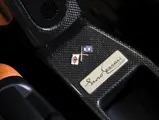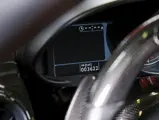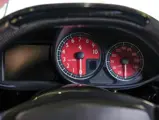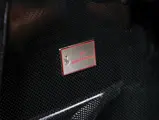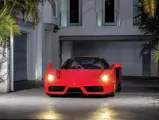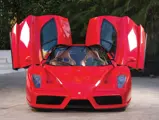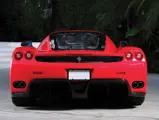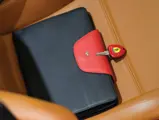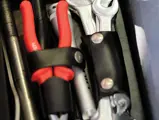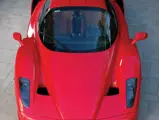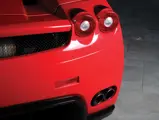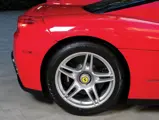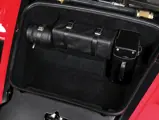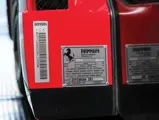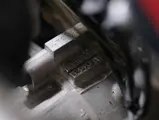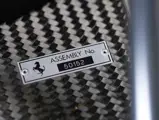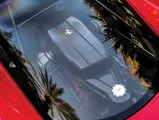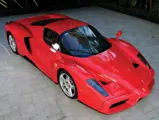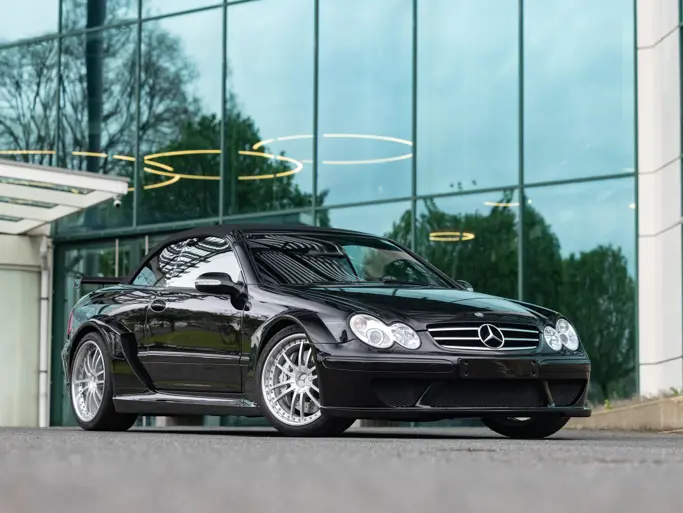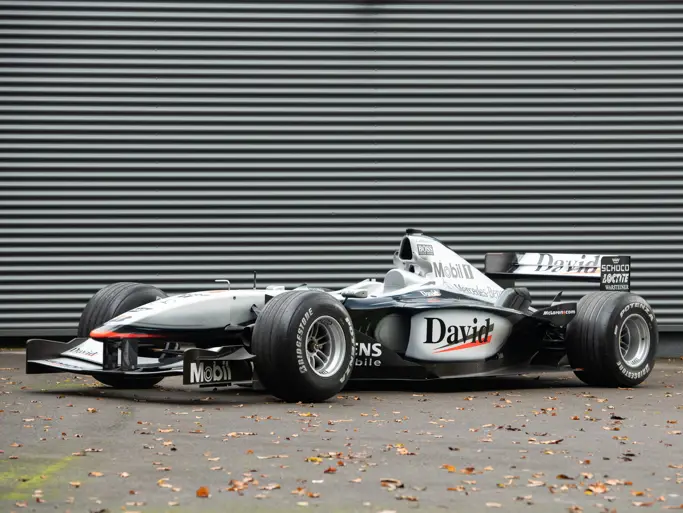651 bhp, 5,998 cc DOHC V-12 engine with Bosch Motronic ME7 fuel management, six-speed manual paddle-shift F1 transmission, front and rear independent wishbone suspension with coil springs, electronically controlled shock absorbers and anti-roll bars, and four-wheel Brembo vented carbon-ceramic disc brakes. Wheelbase: 104.4 in.
If one manufacturer can claim to have created the definitive mold for a modern evolution of consistently amazing hypercars, it must be Ferrari. From the competition-bred 288 GTO and F40 of the late 1980s, through the voluptuous F50 of the 1990s, Ferrari combined unparalleled performance and breathtaking designs to build small batches of impeccable road machines for ultra-exclusive buyers. These were undeniably the most formidable production sports cars of their days.
After F50 production concluded in 1998, tifosi dreamt of what exotic machine Maranello would devise next—and what form it would take. Speculation was rampant over whether the next model would employ a rear-mounted V-8 or V-12, and if the packaging would be spartan and purposeful like the F40, or luxurious and evocative of vintage designs like the F50.
In mid-2002, Ferrari president Luca di Montezemolo ended the wait with the introduction of the forthcoming Ferrari Enzo. Though the model’s name required no explanation, he reasoned that after Ferrari had named cars for historically important locales like Maranello and Modena, the time had finally come to honor the company’s founder. He also clarified that the new model would have a strong connection to Formula 1 racing, as the manufacturer had just won the 1999 and 2000 Manufacturers’ Championship, and the 2000 Drivers’ Championship. Michael Schumacher was, in fact, just getting started on his historic dominance of F1, a still unequaled feat of five consecutive championships.
Formally debuting at the 2002 Paris Motor Show, the Ferrari Enzo certainly delivered on the premise of its design brief. Like a Formula 1 car, the Enzo utilized futuristic materials to achieve maximum weight savings, with a foundational chassis tub made of carbon fiber and Nomex honeycomb weighing just 200 pounds. Aluminum sub-frames were then mounted on the tub, and these laid the groundwork for the mounting of Pininfarina’s unique coachwork.
Penned by designer Ken Okuyama during a lunch break, the Enzo’s external design mimicked the shape of an open-wheel race car, though as if wrapped in a skin extending over the fenders and cockpit. Aerodynamically perfected in Pininfarina’s wind tunnel, the body was comprised of panels woven from carbon fiber and Kevlar. Nineteen-inch alloy wheels, anchored by 15-inch Brembo carbon-ceramic disc brakes, and unique scissor doors, respectively, completed the Enzo’s chassis and cabin, finishing a car that was highly technological and endlessly fascinating.
Into this phenomenal marriage of chassis and body, a new purpose-built engine was placed behind the driver, continuing the manufacturer’s long-running configuration for sports prototypes and hypercars. The concurrent 90-degree V-8 was essentially extended by two cylinders on each side and altered in angle, creating the 65-degree Tipo F140B V-12 engine. Displacing almost six liters, the F140 was the largest engine built by Maranello since the 712 Can-Am race car of the 1970s. It was packed with racing components such as Nikasil-lined cylinder walls, titanium connecting rods, and a telescoping intake manifold designed to boost torque, ultimately developing 651 horsepower and 485 foot-pounds of torque, earth-shattering numbers even by today’s standards. The F140’s evolutions would go on to power the 599 series, the F12 Berlinetta, and LaFerrari.
With power transmitted via a six-speed dual-clutch transaxle that was actuated with column-mounted paddle-shifters, the Enzo reached 60 mph from standstill in just 3.3 seconds and a top speed of 218 mph. Production was eventually capped at 400 units, so this was a car whose engineering was also matched by its rarity. As unique and captivating today as it was in 2002, the Ferrari Enzo continues to hold sway with collectors, unmistakably carrying the mantle of Maranello’s defining millennial hypercar, the genetic link between the sensuous F50 and the hybrid LaFerrari.
Claiming low mileage and the consistent care of just one owner since it was purchased new, chassis number 133026 is a particularly desirable example of the vaunted Ferrari hypercar. It may be superfluous to say that many Enzos were purchased new by celebrities and luminaries of great influence, but this car is a particularly notable example, having been acquired new by the famed designer Tommy Hilfiger.
Best known for his eponymous clothing line and its myriad accessories, Mr. Hilfiger has been one of the leading designers in fashion for over 30 years. Like many of his contemporaries, he is also a passionate automotive enthusiast and the owner of a pedigreed collection of classics and modern exotics. Hitting his professional stride just as the Schumacher years approached, Hilfiger eventually became a sponsor of the Scuderia Ferrari during the early 2000s, and he even designed the drivers’ uniforms. It is little surprise that his name was prioritized by the factory for ownership of one of the 399 customer cars (the 400th car was famously earmarked for the Pope).
Taking delivery of his Enzo from Miller Motorcars in Greenwich, Connecticut, Mr. Hilfiger garaged the car at his Greenwich home, where he used it for occasional drives around town. About five years ago, the Ferrari was relocated to Hilfiger’s home in Florida, where the car continued to be dutifully maintained and rarely driven. Serviced by The Collection in Coral Gables, Florida, in early 2015, the Enzo also received a new set of Scuderia Potenza tires. When an annual service was performed in September 2016, the odometer displayed just 3,620 miles.
Accompanied by tools and manuals, chassis number 133026 is one of very few Enzos that have been retained by the original owner, and it claims no extreme use as well as consistent maintenance among a carefully curated collection of some of the world’s finest automobiles.
“I love Ferraris,” Hilfiger asserts with passion. “Tommy Hilfiger [the brand] sponsored the [Scuderia Ferrari] team and I designed the F1 uniforms during the Schumacher years. When the Enzo launched, Jean Todt and Luca De Montezemolo made sure I got one. I’ve bought and sold cars for many years. I love the 458 Speciale, the California, the older Daytonas, and LaFerrari. I also have Bentleys, Rolls-Royces, Range Rovers, and vintage American cars. Some are works of art! My lifestyle is changing so I don’t drive fast sports cars as I used to, but prefer driving my Rolls Dawn these days, or my Maybach. Cars are similar to fashion, always evolving in style!”
This sensational time-capsule Enzo offers enthusiasts an opportunity to acquire a unique example with unparalleled celebrity provenance. Tommy Hilfiger is undeniably one of the biggest names in modern fashion, and while his tastes may have evolved beyond the need for a 200 mph hypercar, the Enzo will forever stand as a timeless accomplishment of sports car engineering and design. This outstanding example is among the finest offered in many years and would make a crowning addition to any collection.

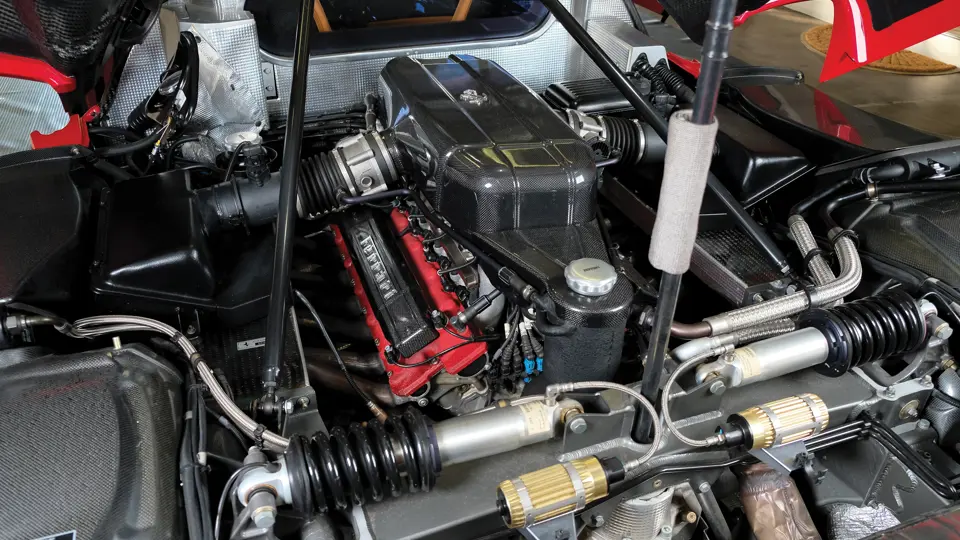
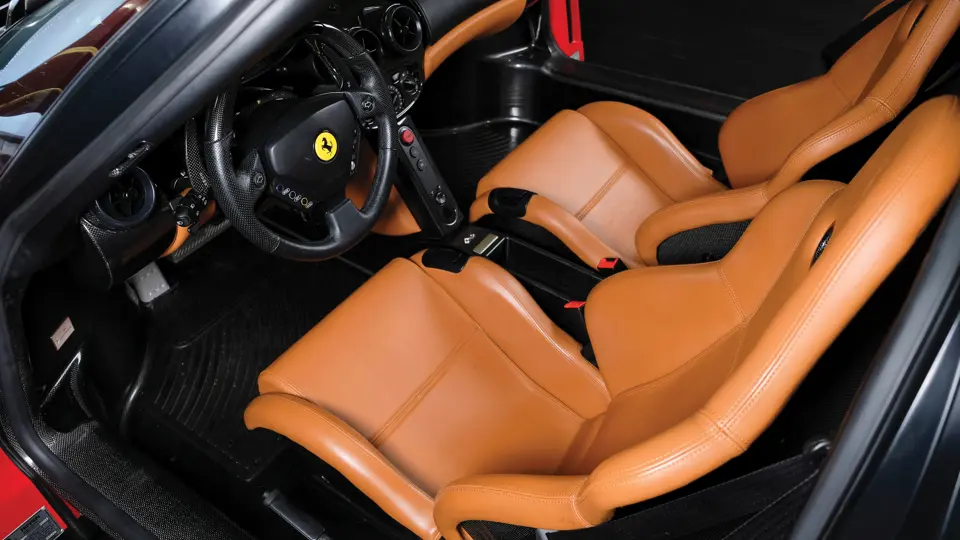

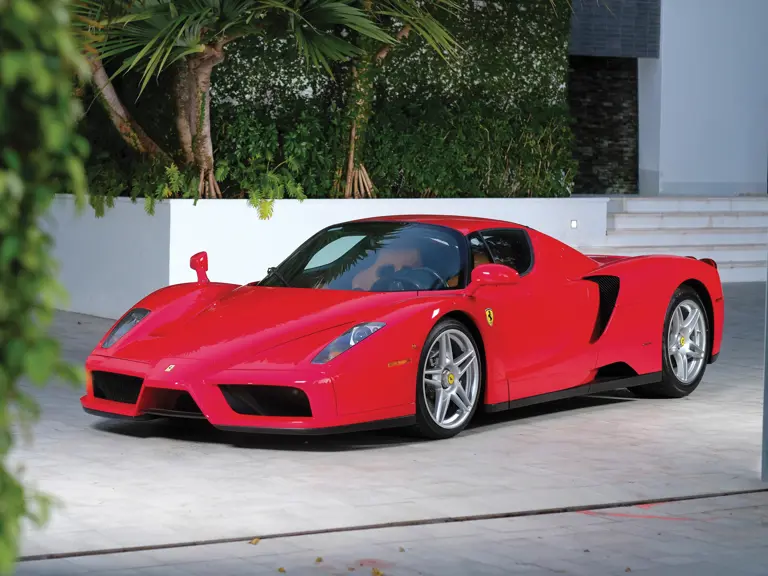
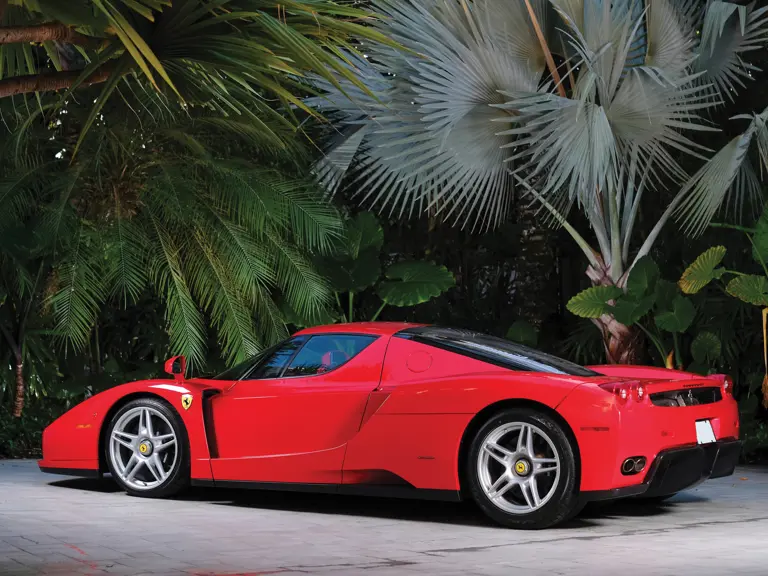
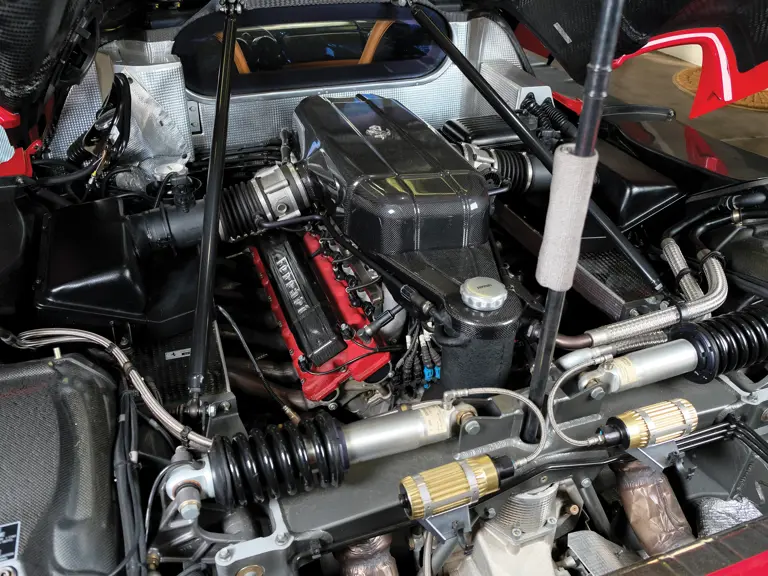

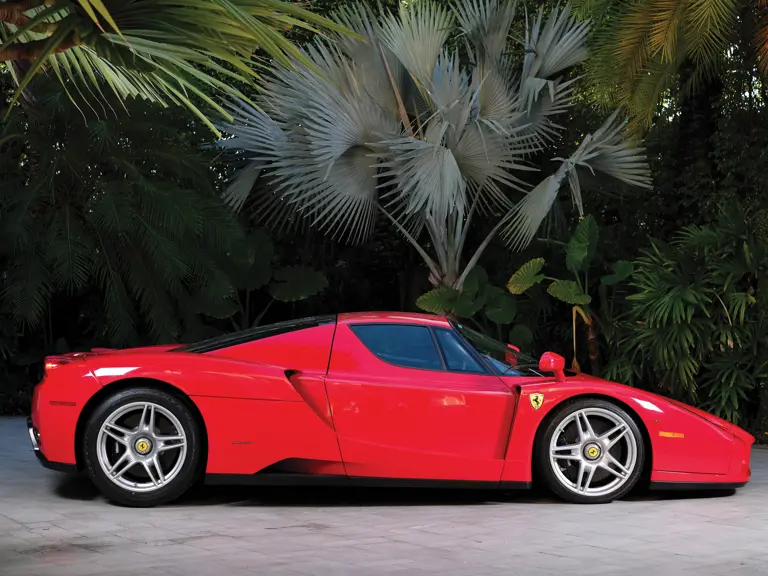
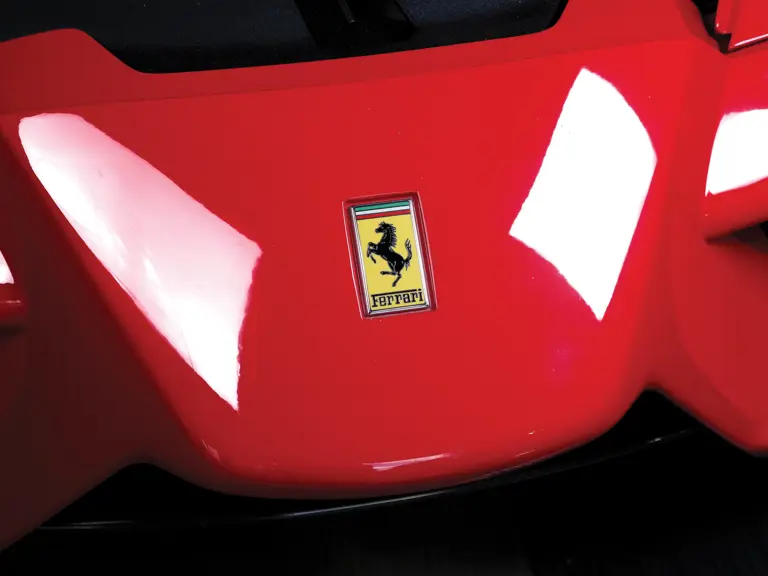
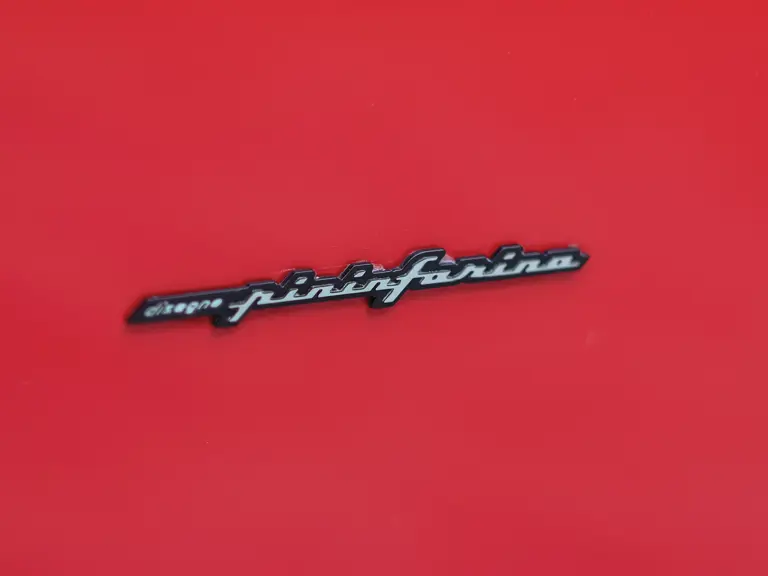
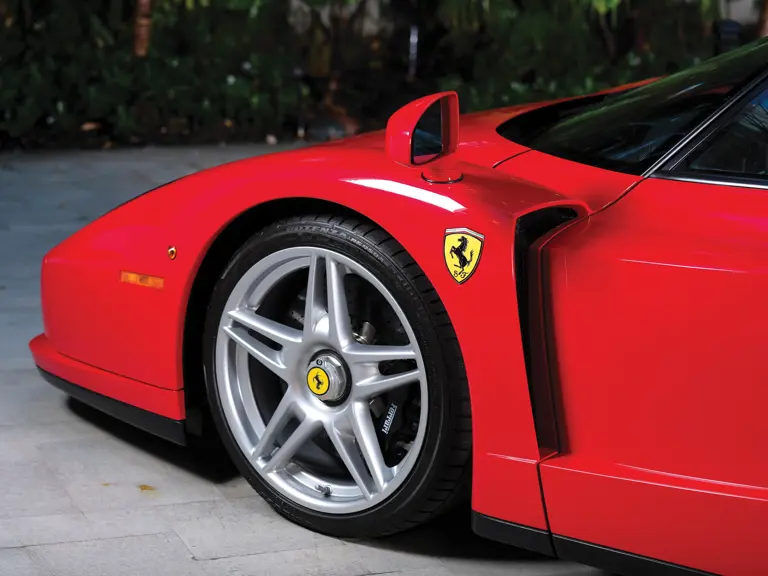
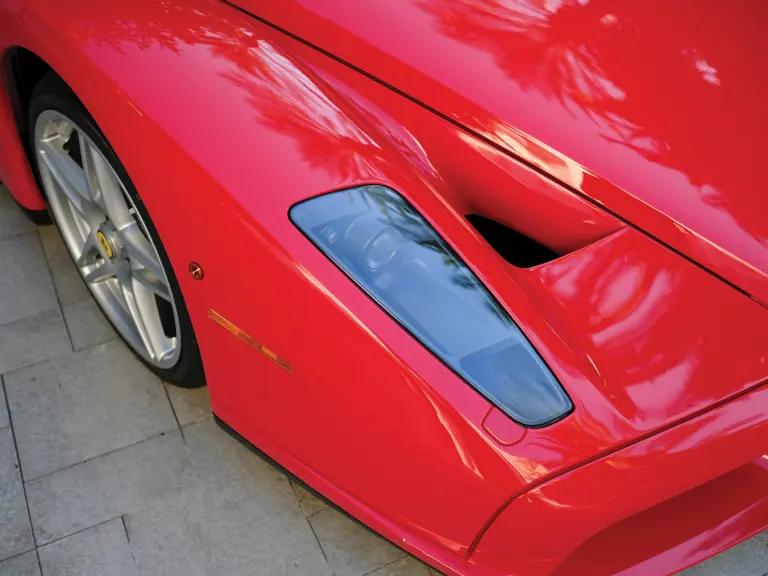
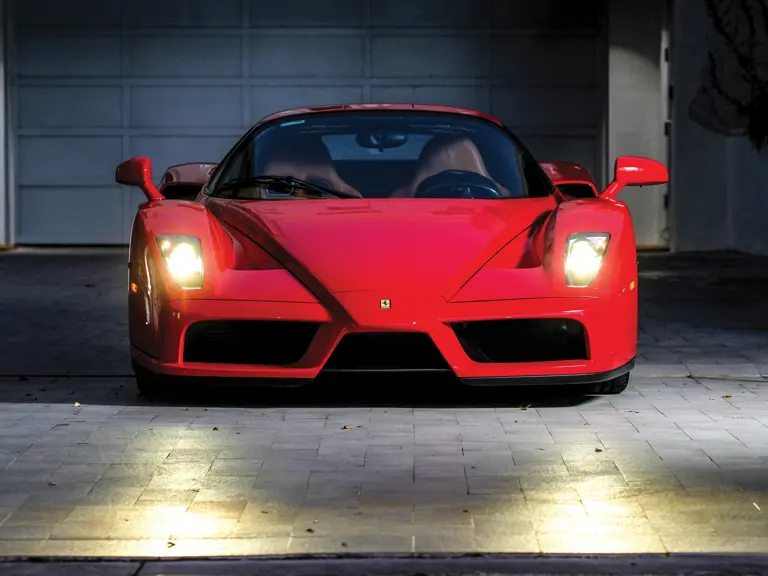

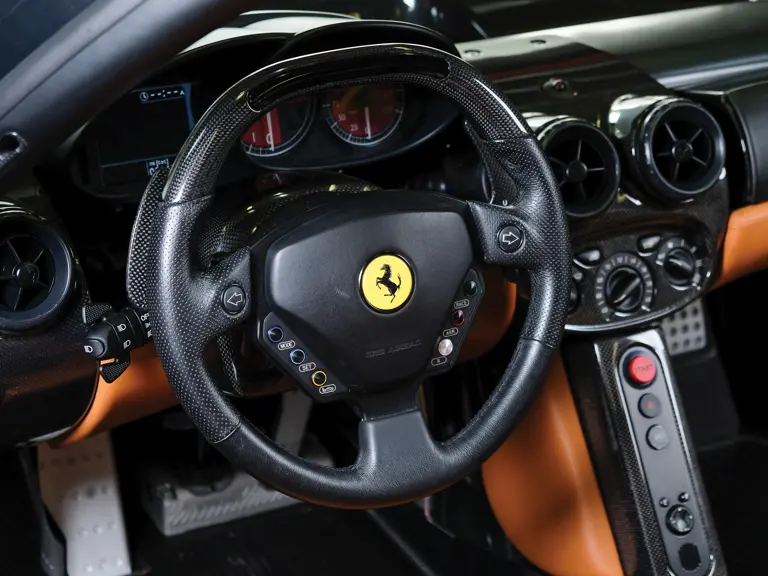
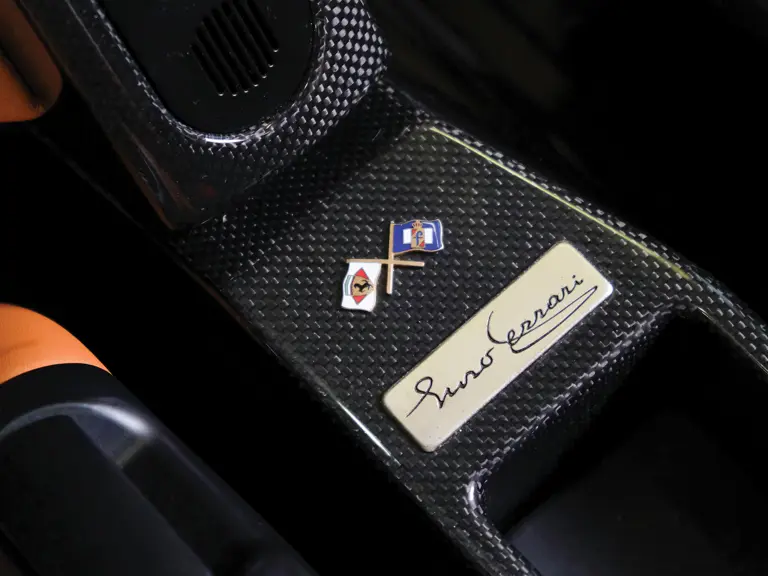
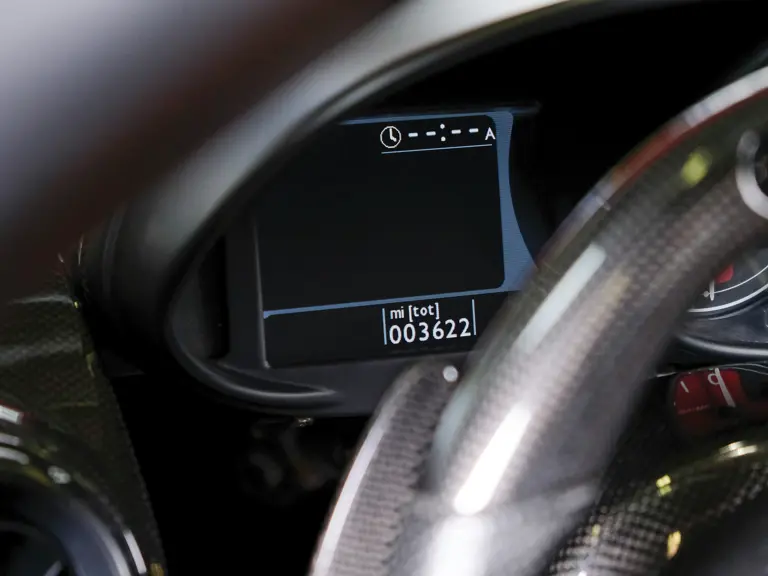
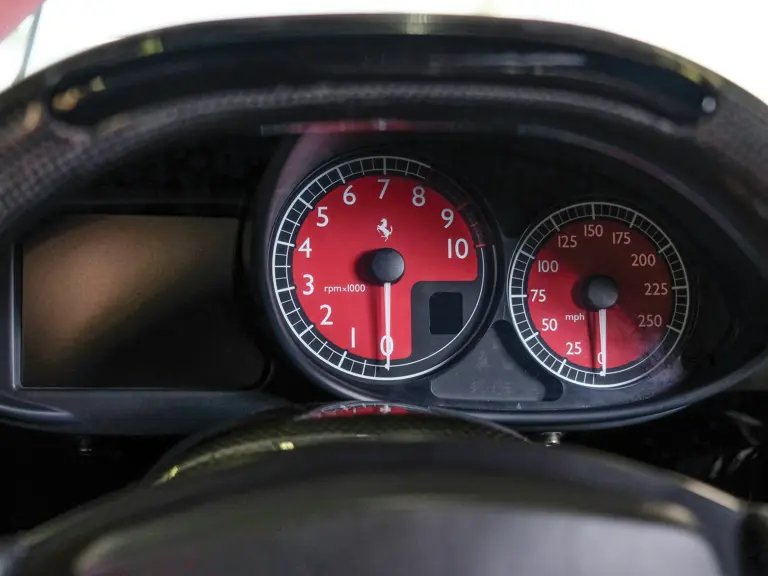

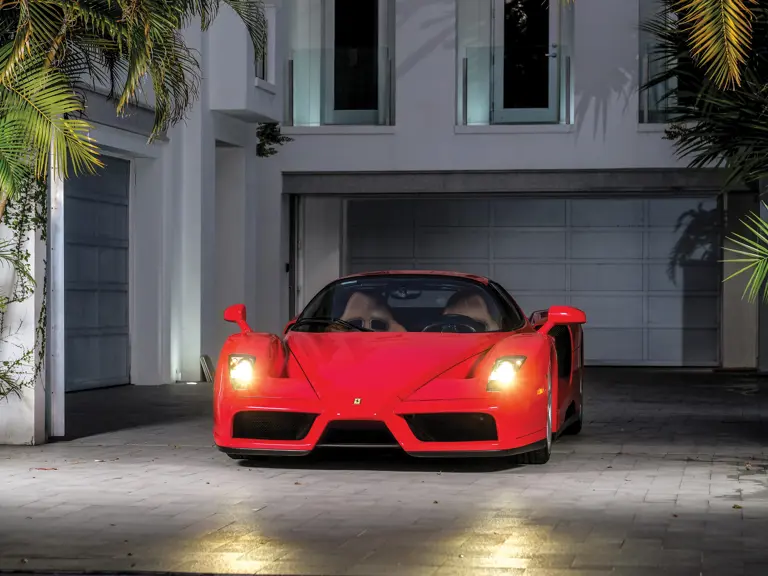
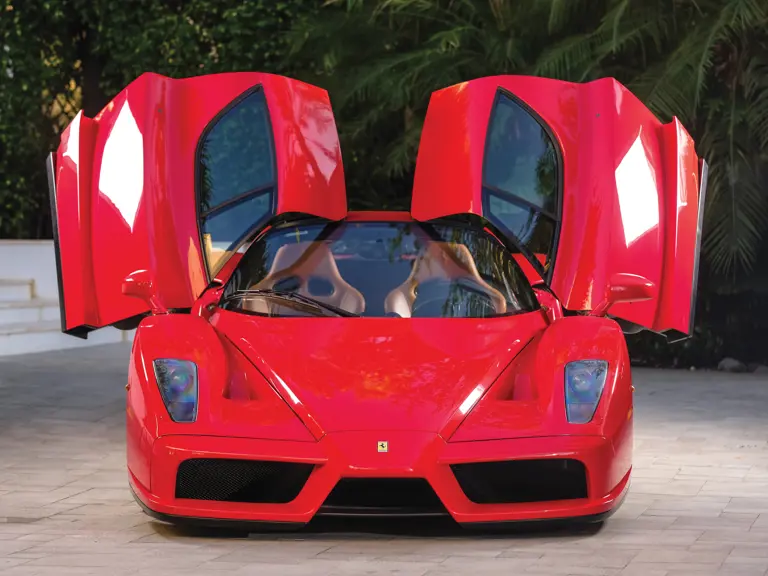
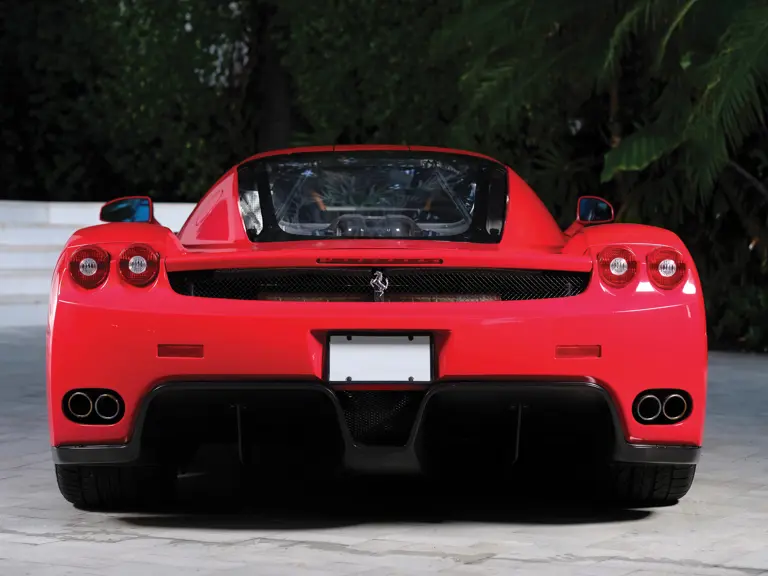
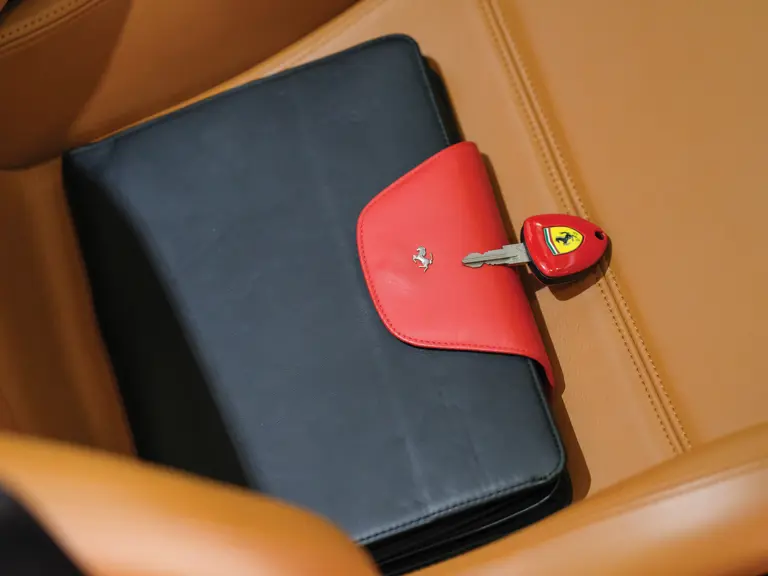
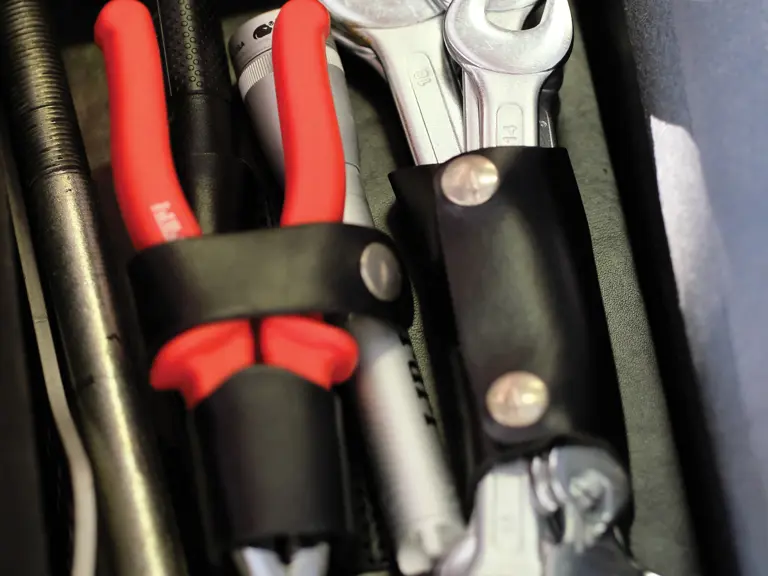

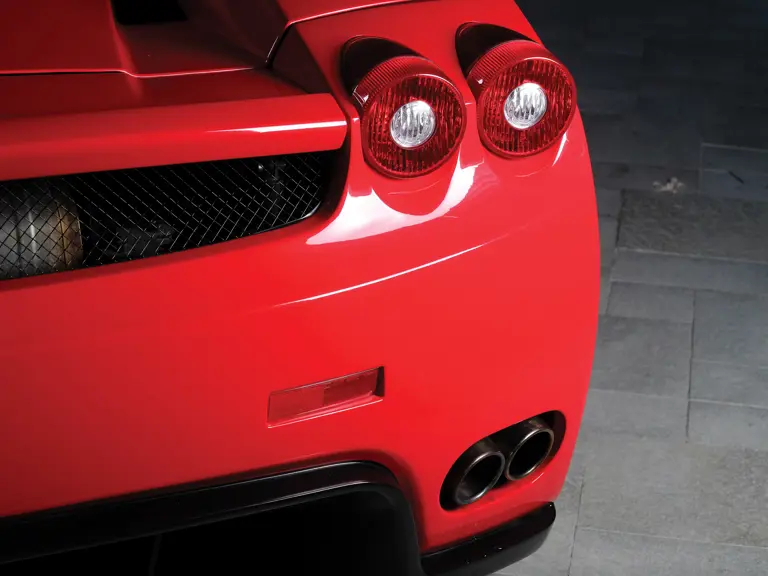
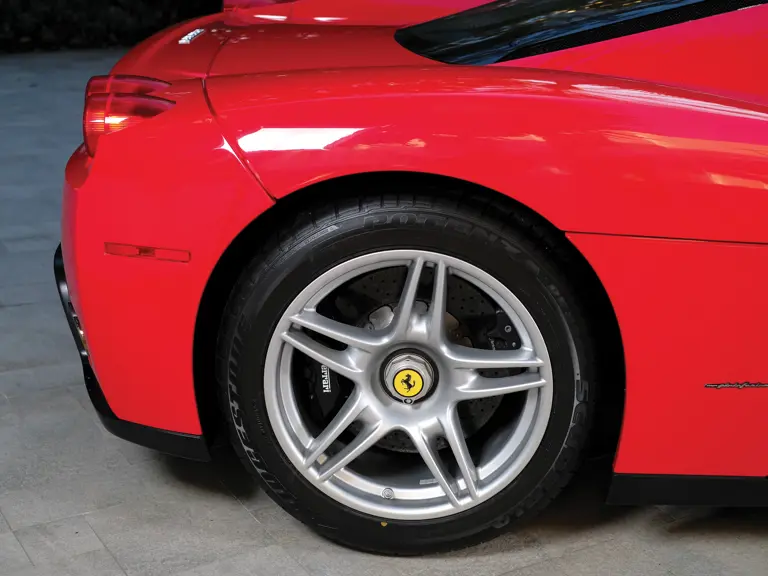
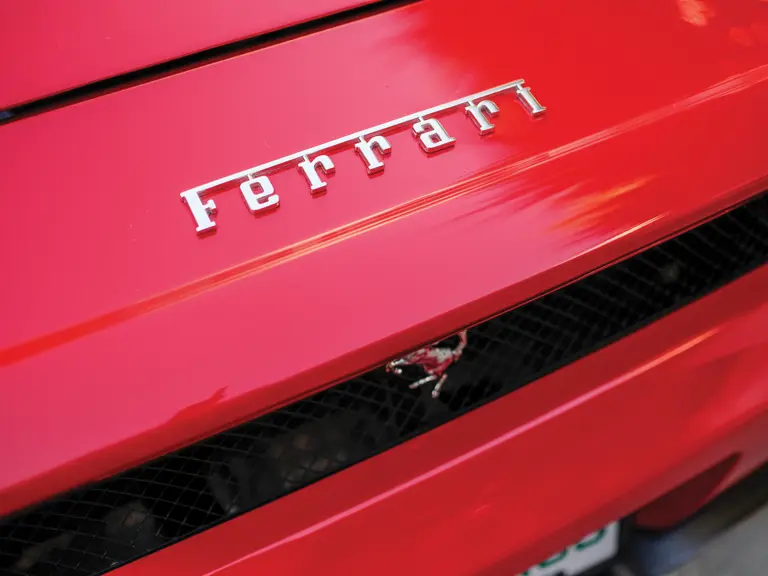
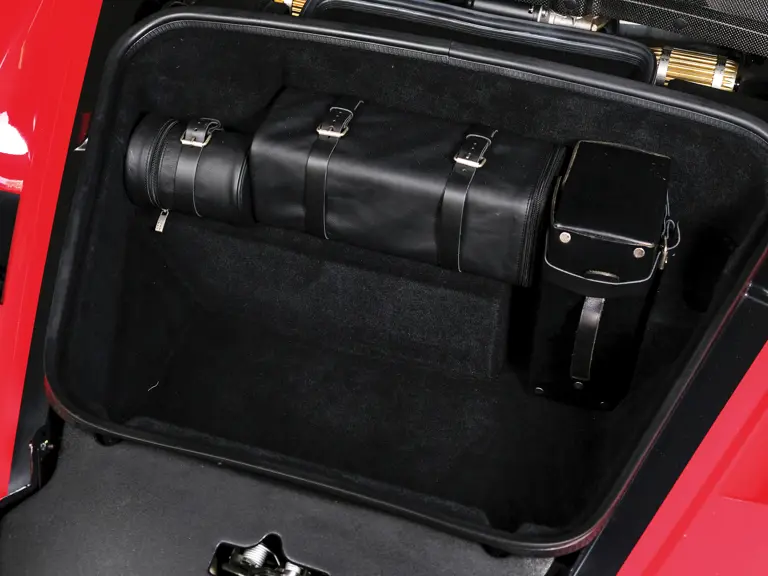

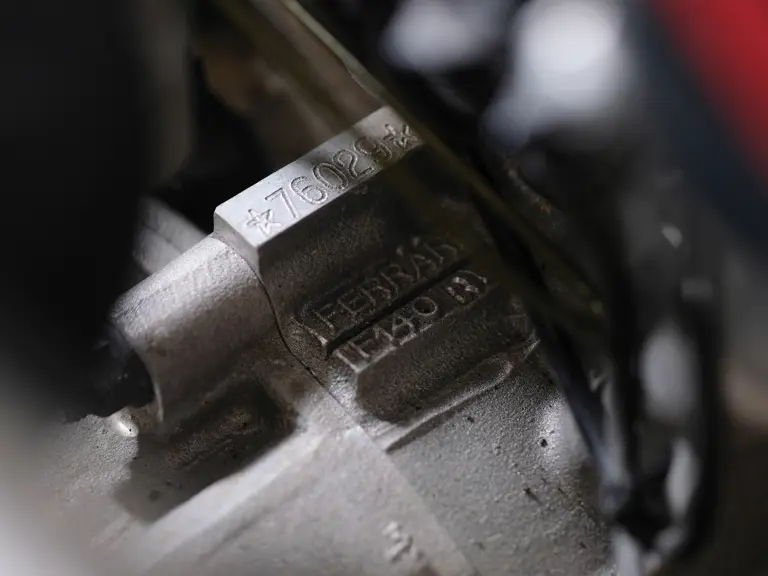

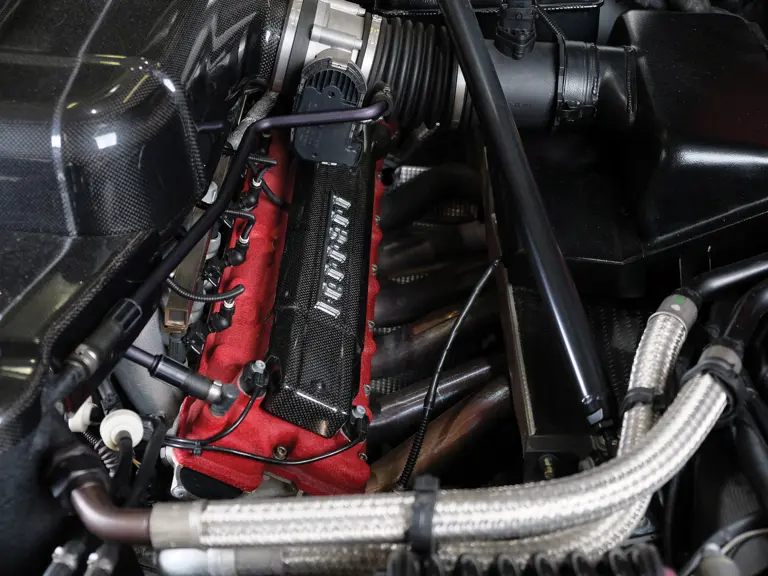
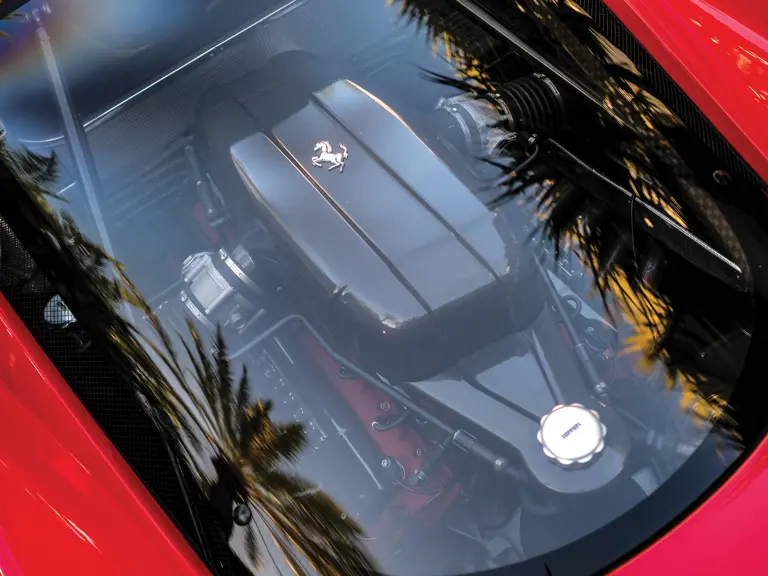
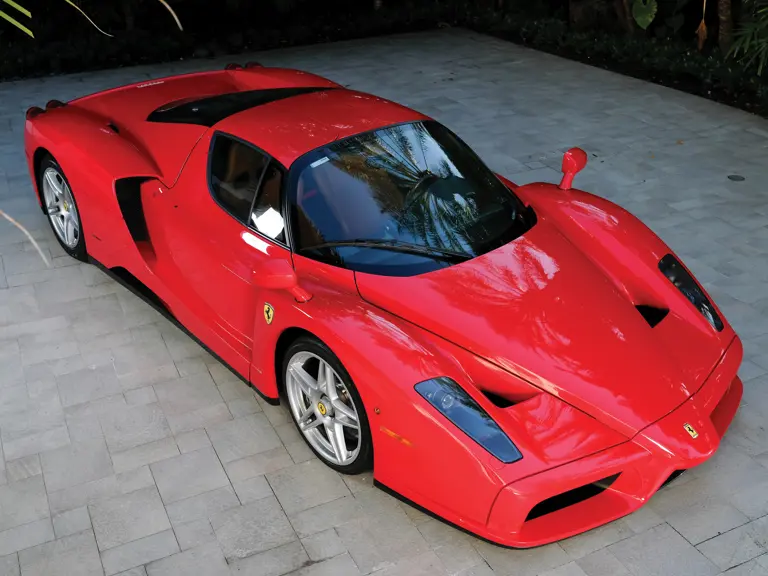
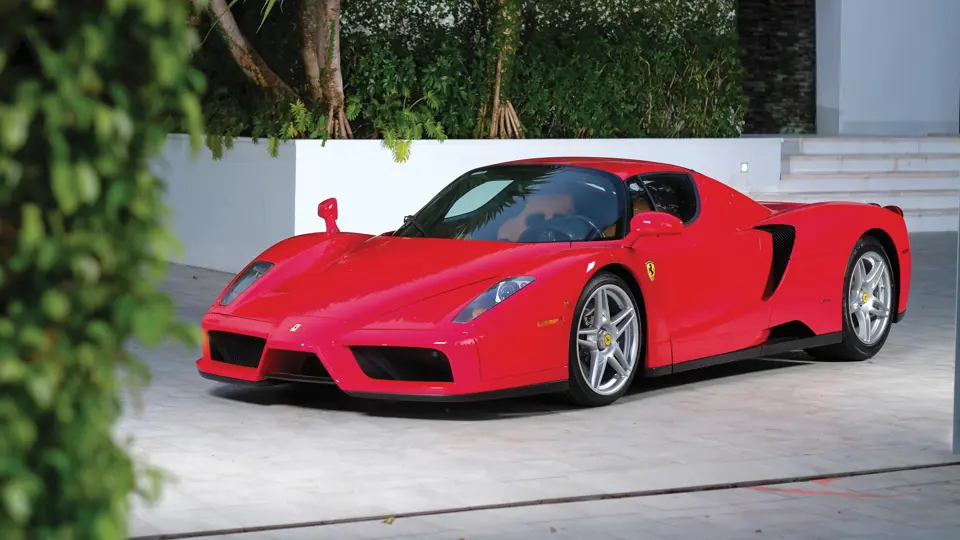
 | Phoenix, Arizona
| Phoenix, Arizona


